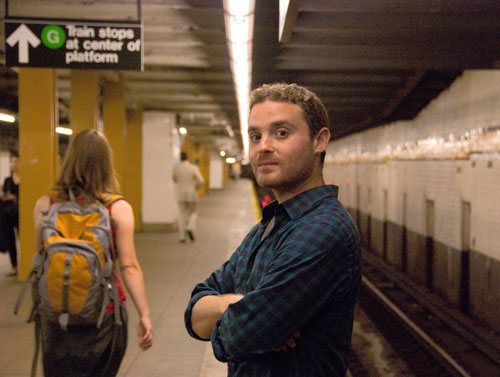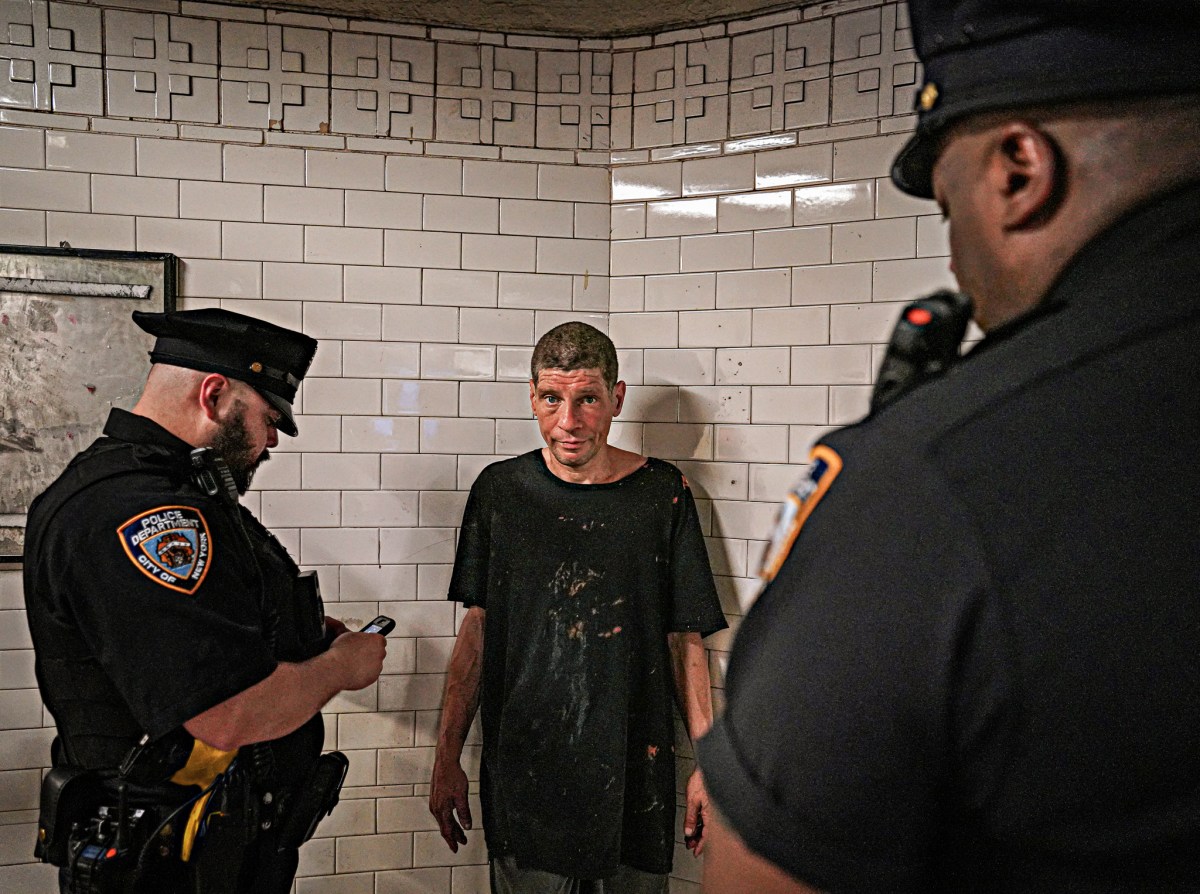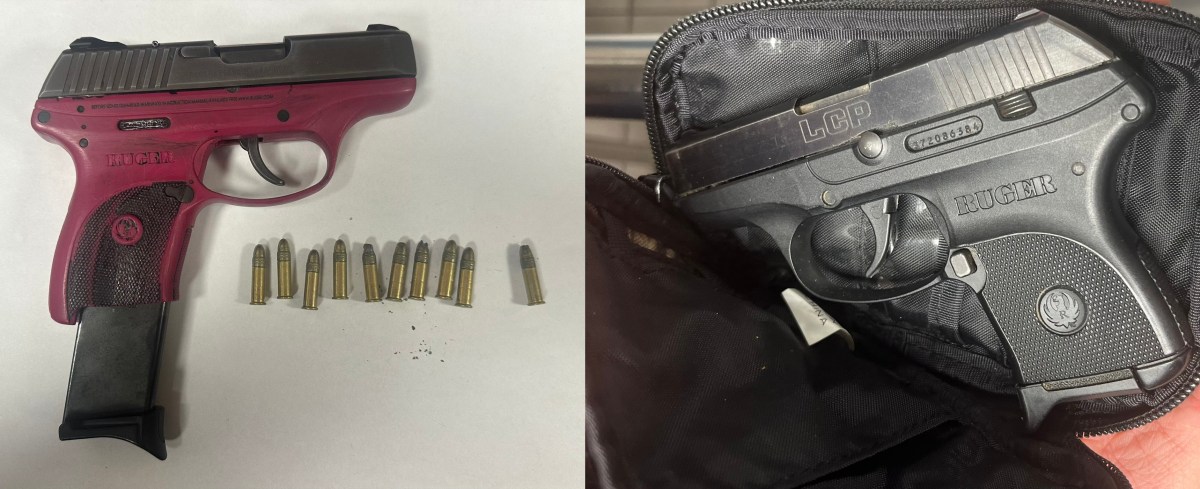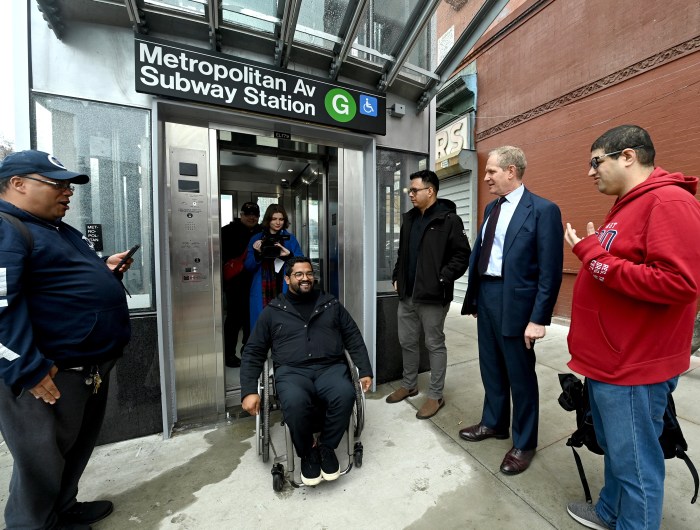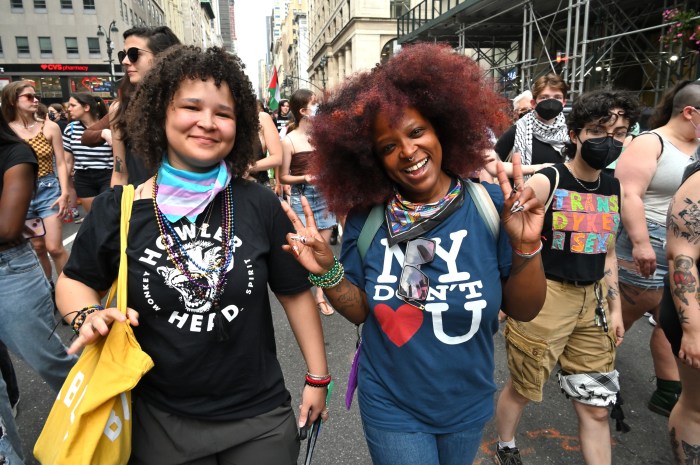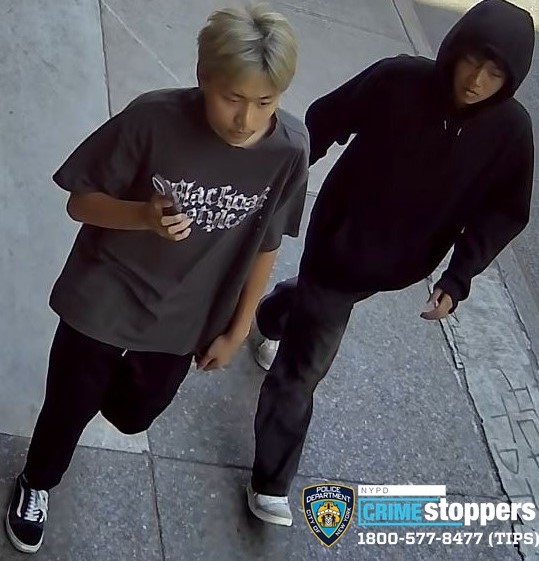This book has some serious subterranean artwork views.
A new book launching at PowerHouse Arena on July 10 shows off the gritty underworld art of subway tunnels, providing historical background about the people who put it there and the cavernous system itself. The charm, said one of the authors, is that while the city above changes constantly, these underground passages remain largely untouched.
“They’re hidden relics of the city,” said Matthew Litwack, who started exploring the tubes near his childhood home in Park Slope at a young age. “Everything’s being gentrified, condos are getting slapped up, but the subway tunnels stay the same.”
“Beneath the Streets” shows off the extensive knowledge of the transit system held by Litwack and his partner, a graffiti artist who goes by the name Jurne. It includes haunting photographs of abandoned stations and disused tracks, and includes interviews with many of the writers responsible for leaving a Krylon legacy deep beneath the bustling metropolis.
The book does not disclose the locations depicted in the images, since most of the wall paintings are illegal. But one piece Litwack highlights in the book is actually sanctioned by the Metropolitan Transportation Authority, and is even detailed on its web site. The work, “Masstransiscope,” was first installed near the DeKalb Avenue Q train station Downtown by artist Bill Brand in 1980. It includes 228 hand-painted panels set behind a series of vertical slits, and when viewed from a moving train, it looks like a 20-second movie. At one point, rogue graffiti artists had virtually covered the work, but the artist restored it in 2008.
Another of Litwack’s favorites, however, is decidedly un-sanctioned. A graffiti writer known as Revs has spent decades literally writing his autobiography on the walls of the subway tunnels. He paints a solid splotch of color and then writes a page of his story on top. Over the years, he has scattered hundreds of these missives throughout the system, according to Litwack.
“Seeing Revs’ pages influenced me so much,” he said. “He’s the most amazing graffiti artist of all time.”
Graffiti writing really caught on in New York in the 1970s, but Litwack says some of the writing down below the city stretches even further back. He has even seen marks left by track workers that go back to the 1940s.
These are the types of stories Litwack and Jurne set out to tell with their book. Litwack said the pair wanted to document the history of an underground culture that millions of people pass over and ride passed everyday without even knowing it.
“The history of graffiti is down in those tunnels,” Litwack said. “We wanted to document these eerie environments and show the hidden city beneath the city.”
“Beneath the Streets” book launch at PowerHouse Arena [37 Main St. between Water and Plymouth streets in Dumbo, (718) 666–3049, www.powerhousearena.com]. July 10 at 7 pm. Free.
